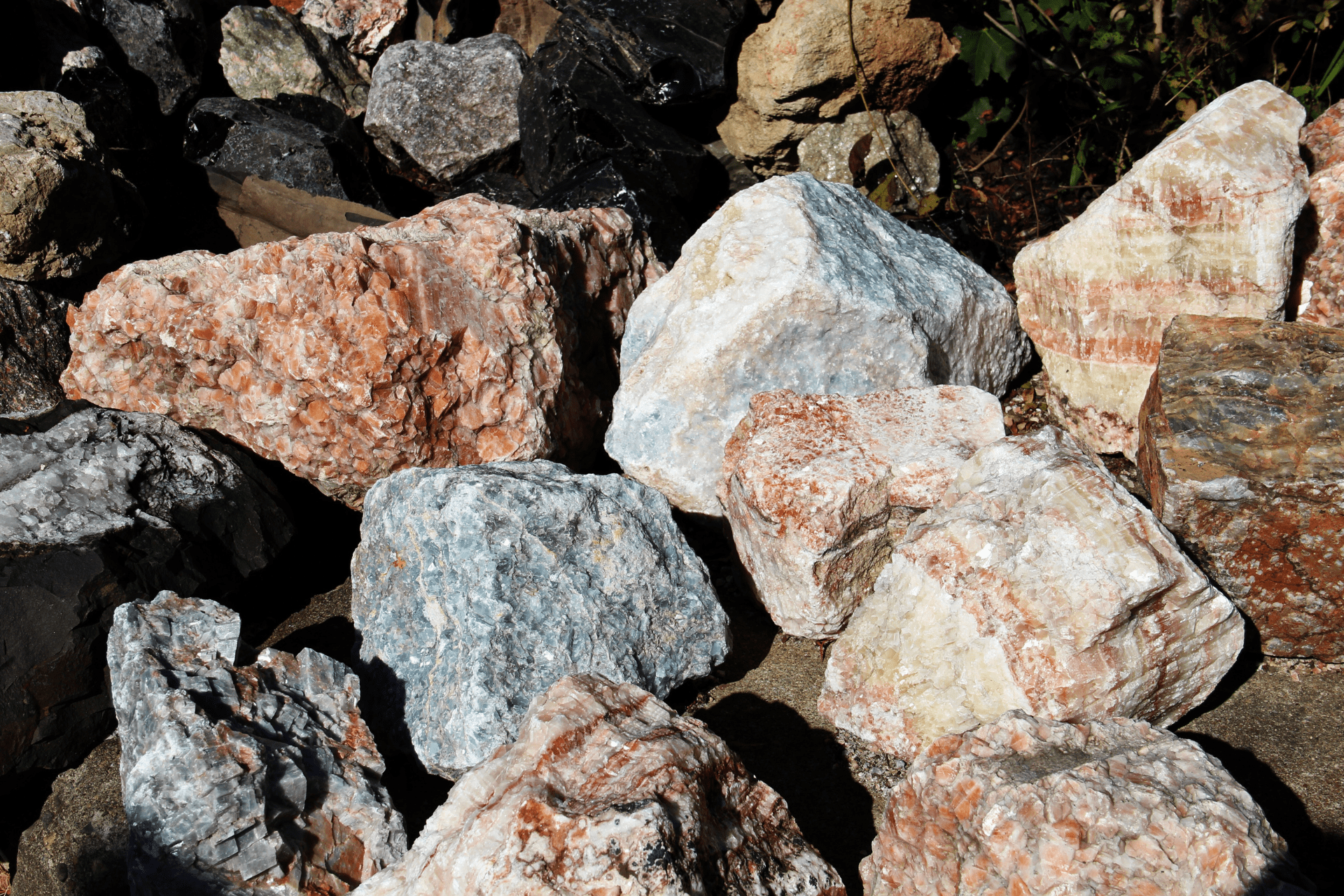By María José Gamba
Raw materials are the foundation of all industrial production. While their extraction and quality are essential, their efficient movement from origin points to processing centers and markets is equally critical. The whitepaper “Fundamentals of the Industry: Raw Materials” by Americas Forward explains how these resources pass through multiple stages and routes before becoming finished products.
This article dives into the logistical dimension of raw materials, analyzing modes of transport, challenges, trends, and their role in global supply chains.
Transportation Modes Driving the Industry
Transportation connects mines, fields, and forests with manufacturing plants and global markets. According to the Americas Forward whitepaper, the main transportation modes are:
Road / Ground transport: essential for the last mile, from extraction sites to transfer stations and processing centers.
Bulk maritime / Tanker ships: key for international trade of energy and mineral commodities.
Rail: ideal for moving large volumes over long distances at lower cost per ton.
Pipelines (oil and gas): most efficient for liquids and gases at scale, ensuring continuous operation.
Combining these modes, known as intermodal transport, optimizes cost, speed, and capacity.
Logistical Challenges in Raw Material Transportation
Transporting raw materials comes with several challenges:
Costs and efficiency: freight rates, tolls, port fees, and maintenance increase total cost.
Limited infrastructure: poor roads, congested ports, or restricted rail lines can delay delivery.
Regulations and customs: each country has specific rules for transporting strategic or hazardous resources.
Sustainability: reducing emissions in maritime and ground transport is an increasing pressure.
Security and risk: theft, spills, weather events, and geopolitical conflicts can disrupt key routes.
The Role of USMCA and Regional Logistics
Mexico, the United States, and Canada form a deeply interconnected trading bloc under USMCA. This enables the continuous flow of raw materials, intermediate goods, and finished products. (Americas Forward)
For example:
Canada supplies aluminum, steel, and energy.
Mexico provides oil, copper, and agricultural products.
The United States integrates manufacturing and processing.
A border delay or port congestion can impact entire automotive or energy supply chains, showing that regional logistical interdependence is both a strength and a risk.
Trends and Opportunities in Raw Material Logistics
Strategic materials: demand for lithium, cobalt, rare earth elements, and graphite grows with electrification and electric vehicles.
Digitalization and traceability: blockchain, IoT, and sensors allow monitoring of route, quality, and emissions for each shipment.
Sustainability: optimized routes, alternative fuels, and environmental offset strategies reduce the logistical footprint.
Route diversification: reducing dependency on geographical or geopolitical bottlenecks ensures supply continuity.
Conclusion
The transportation of raw materials is the circulatory system of the global economy. Without efficient, safe, and sustainable logistics, extraction loses value and manufacturing suffers. Companies that master logistics and adopt technological innovation will be better positioned in an increasingly competitive and globalized market.
This blog complements the “Fundamentals of the Industry: Raw Materials” whitepaper by Americas Forward and highlights the strategic importance of logistics across the entire value chain.

